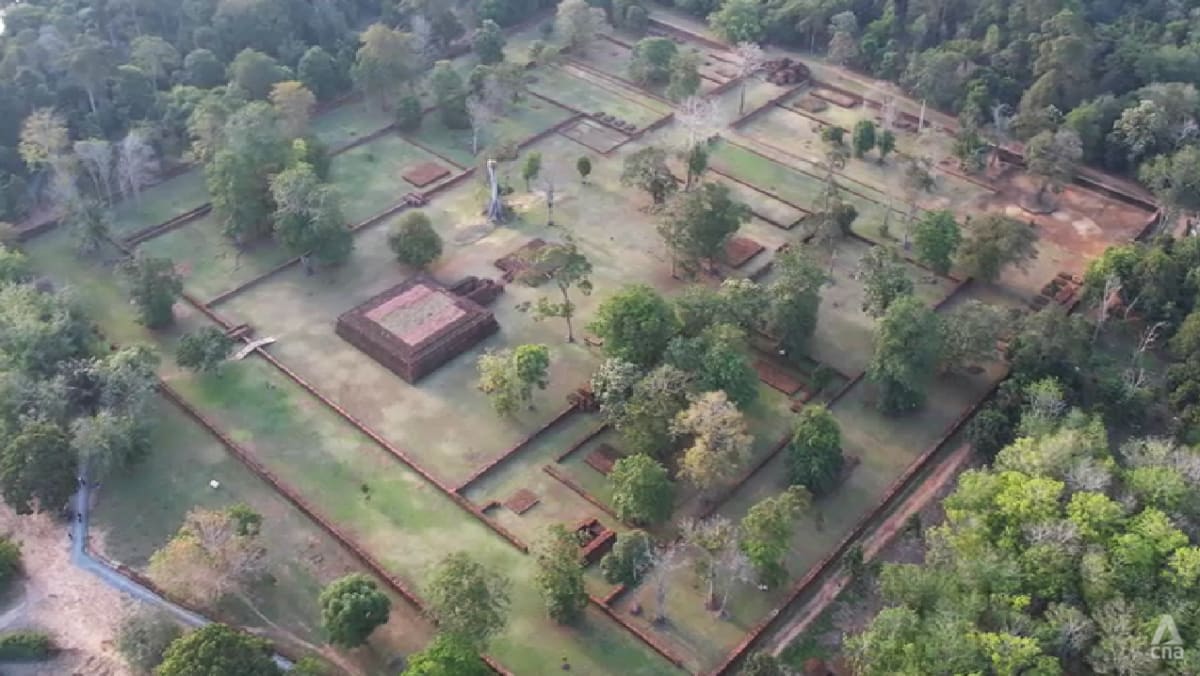REQUIRING EXTENSIVE RESOURCES
“When we revitalise it and open it to the public, people will visit – young people and especially those from (the older) generation will come,” said Agus Widiatmoko, head and lead archaeologist at the Heritage Preservation Office (Region 5).
“At the very least, our generation and the generations to come will be inspired by the fact that our nation is a great one and that long before colonisation by the Europeans, we already had civilisations and various centres of knowledge.”
The temple complex has been on UNESCO’s World Heritage Tentative List since 2009, but gained renewed interest in 2022 after a visit from former Indonesian President Joko Widodo. Members of his administration had a directive to revitalise it.
However, carrying out this comprehensive revitalisation requires massive resources, including financing and manpower, said former Indonesian director general of culture Hilmar Faris.
“Jambi is an area where mining, coal and oil palm plantations are the current economic drivers. So of course (where to direct efforts) becomes a challenge,” he added. “(Another) factor is related to the environment – the threat of climate change.”
Efforts are continuing under Indonesia’s new administration, with the goal of securing the UNESCO World Heritage status for the site.
But revitalisation work may take up to 15 years.
The complex features over 115 structure sites, with an estimated 82 ruins still buried under mounds. A 600-year-old well is among the many well-preserved structures and artefacts in the compound.
To further boost public interest, authorities are also building a museum.
Beyond traditional exhibits of artefacts, there will be open spaces for people to showcase art forms linked to Muarajambi and research labs related to architecture, botany and culture.
Experts hope this concept will cement the site’s identity as an education centre.
